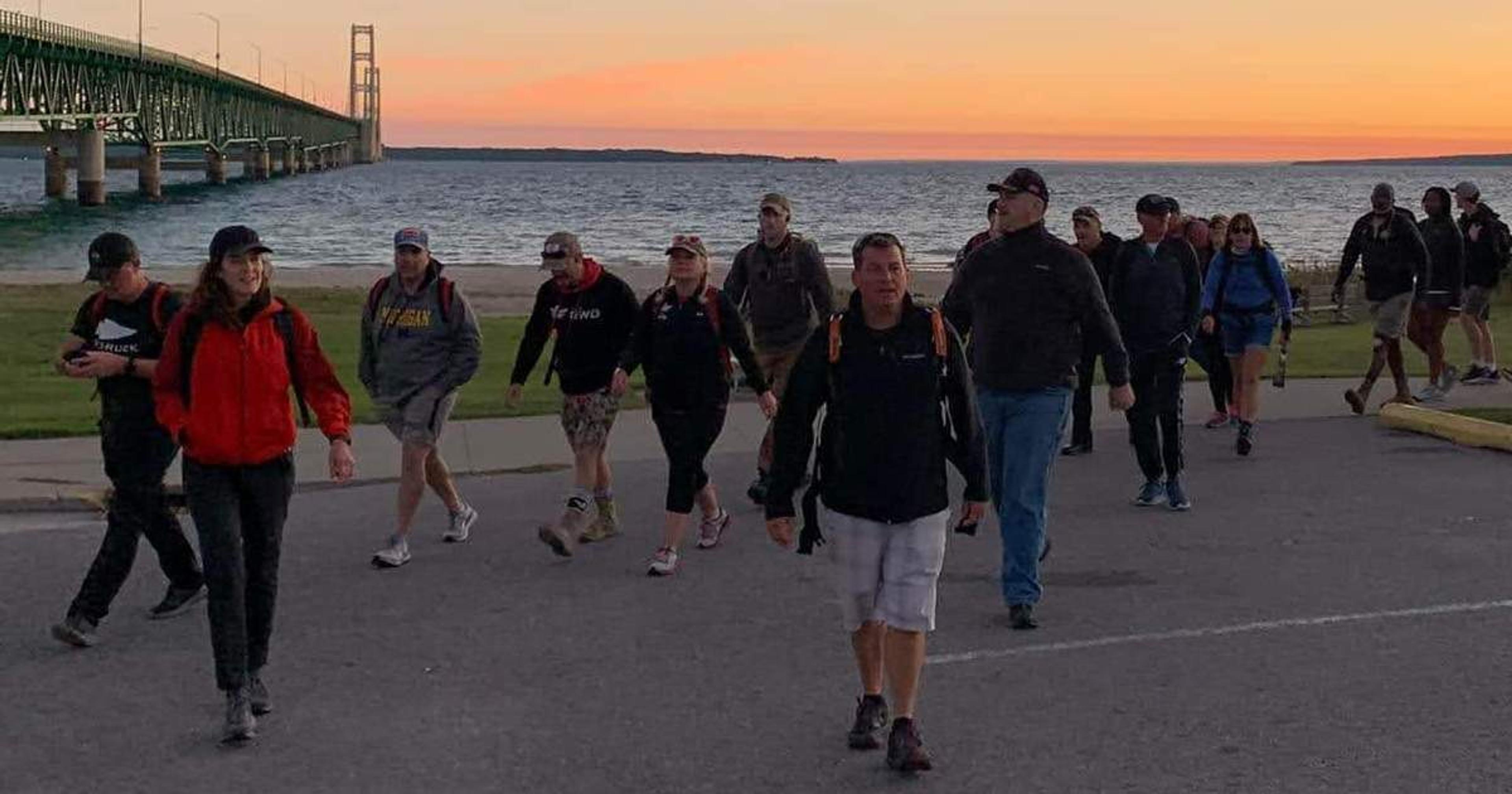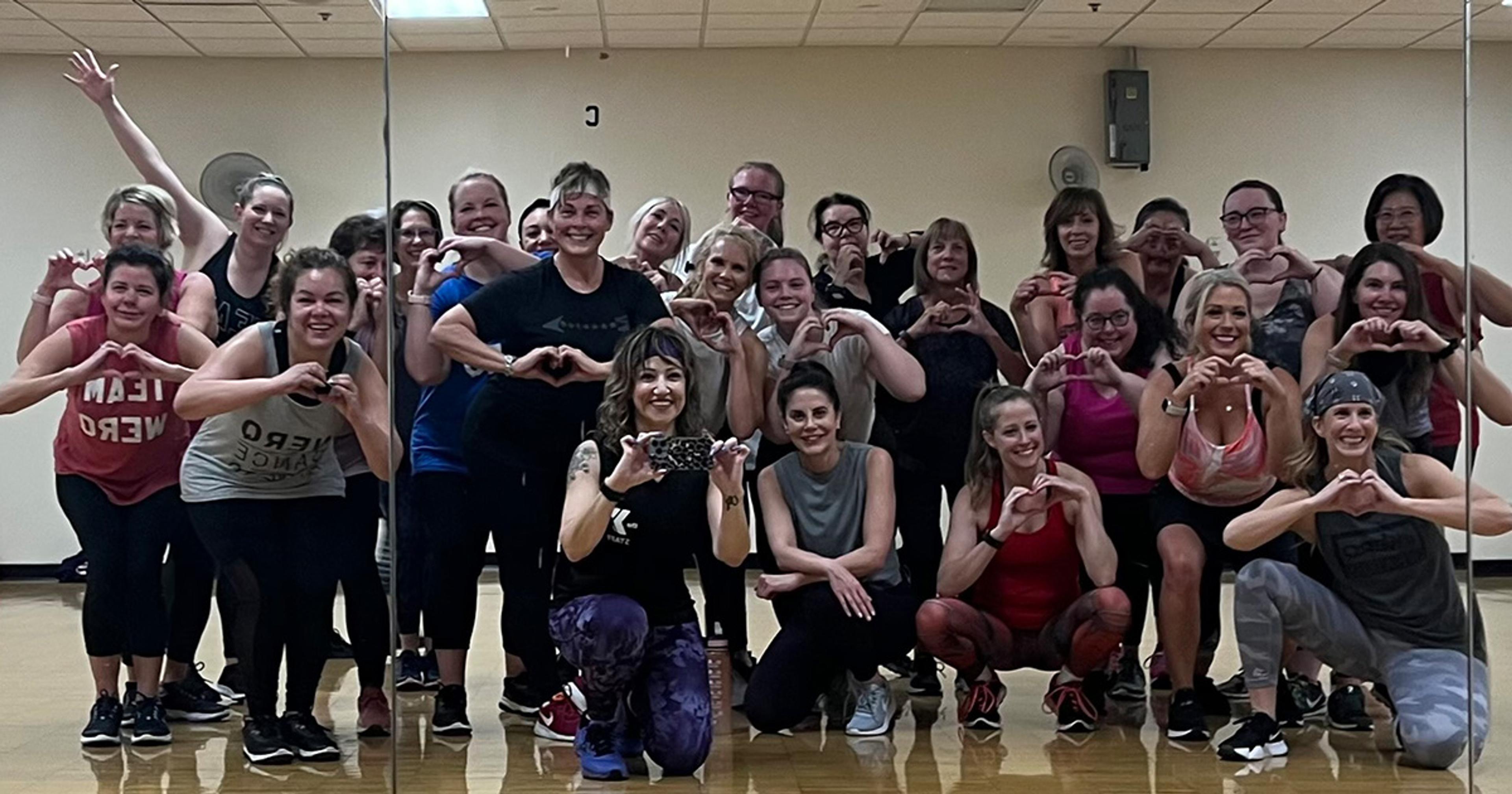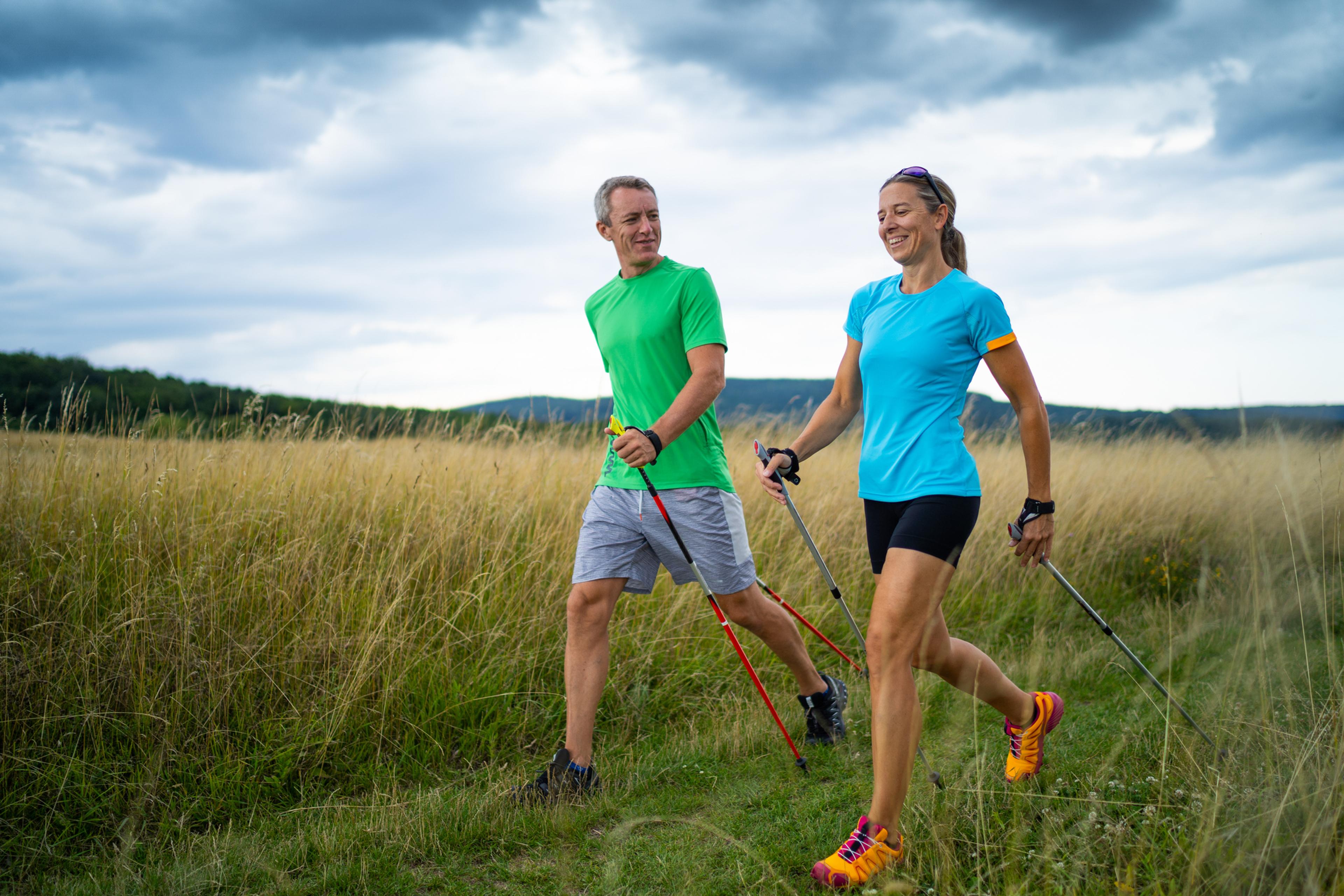Yoga poses for pain relief
| 3 min read

Next time you want to reach in the medicine cabinet, try grabbing your yoga mat instead! Yoga is said to relieve many aches and pains through fluid movement and meditation. Its seamless transitions allow swollen or otherwise painful joints to glide smoothly over one another, increasing flexibility and strength without wearing down your body.

Many poses can assist in relieving headaches, digestive issues, back pain and much more. Try these poses to alleviate aches and restore balance from head to toe next time pain strikes:
Headaches: Try the Seated Forward Fold to soothe your head and help stop the pounding.
- Begin in a seated position with your legs together and extended straight out in front of you.
- Root your hips into the floor and lift your chest. Keep your spine long and lean forward to grab the outer edges of your feet.
- Inhale and extend your chest.
- Exhale, and without rounding your back, lengthen your torso over your legs.
- Relax your neck and shoulders.
- Press your thighs down and keep your feet flexed.
- Hold for five to 10 breaths.
- Rest your head on a yoga block for extra support.
Back pain: Between backpacks, purses and briefcases, backs take a beating. Use the Cobra pose to release tension in your back after a long day.
- Lie face-down with your forehead resting on floor.
- Place your hands on either side of your body at the middle of your ribcage.
- Draw your legs together and press the tops of your feet into the floor.
- Reach back through your toes, lengthen your legs, and press evenly through your hands as you draw your elbows close to your ribcage.
- Using the strength of your back, lift your head and chest and slide your shoulder blades down.
- Take five to 10 deep breaths before gently releasing to floor, turning your head to one side.
Knee pain: Bring relief to your joints with the Supported Warrior pose.
- Stand tall and place your hands against a wall at shoulder height.
- Step your right foot forward so your toes touch the wall and bend your elbows as though you’re trying to push the wall away.
- Step your left foot about 1 to 3 feet behind you, slightly bending your left knee toward floor. Hold for 10 to 15 breaths.
- Slowly straighten your left leg while bending your right knee, ensuring your knee does not extend past your ankle.
- Hold for 10 to 15 breaths before stepping your left foot forward to meet your right and then switching leg positions.
High-heel pain: Use Standing Forward Fold with Crossed Legs to relieve the pain of wearing your favorite heels.
- Begin in Standing Forward Fold with your fingertips touching the floor.
- Cross your right ankle over your left so that your baby toes touch and both feet are flat on the ground.
- Keep your right knee bent and your left leg straight.
- Remain in this position with your hips stacked over your heels, or begin to fold your torso forward over your legs while relaxing your neck and gazing toward the ground.
- Hold for five to 10 breaths.
These aren’t the only yoga poses that can help deal with pain, but they are a great place to start. To learn more about the many benefits of yoga or to find a studio near you, visit the Blues365.
Check out these blog posts if you enjoyed this one:
Photo credit: pexels





